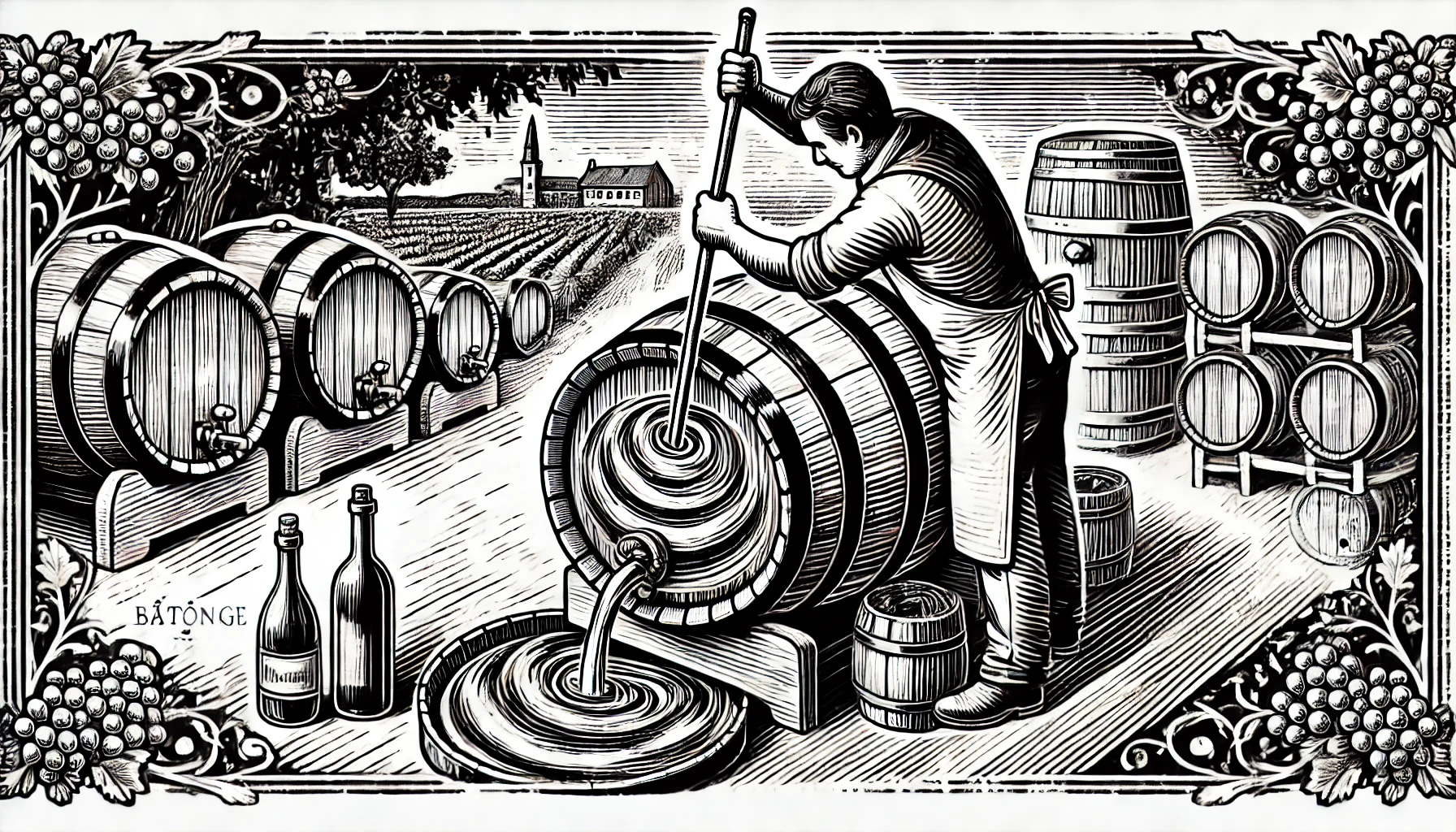
Bâtonnage is a winemaking technique that involves stirring the lees (the dead yeast cells and grape solids) that settle at the bottom of a wine barrel during the aging process. This practice is commonly used in white wines, particularly Chardonnay, to enhance the wine’s texture, body, and complexity. By regularly stirring the lees, winemakers allow these particles to integrate into the wine, imparting creamy, nutty, and toasty flavors.
The process of bâtonnage can significantly influence the mouthfeel of the wine, making it richer and fuller. It also adds a layer of protection against oxidation, which helps preserve the wine’s freshness during aging. Winemakers typically use a special stirring tool to perform bâtonnage, gently mixing the wine and lees in barrels made from materials like oak or stainless steel.
Bâtonnage is usually done over the course of several months, with winemakers stirring the lees weekly or monthly, depending on the desired outcome. This technique is most common in Burgundy, where it contributes to the signature richness of many French Chardonnays. However, it is also used in other regions to create fuller-bodied, more complex white wines.
While bâtonnage can add desirable flavors and textures, it requires careful timing and attention. Overdoing it can result in an overly yeasty or cloudy wine. Winemakers decide on the frequency and duration of bâtonnage based on the specific style they wish to create.
Curious about more wine terms and insights? Visit our Wine Wiki section and explore the basic wine terms for expert definitions and tips!